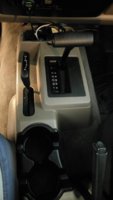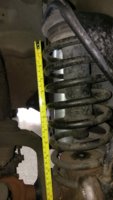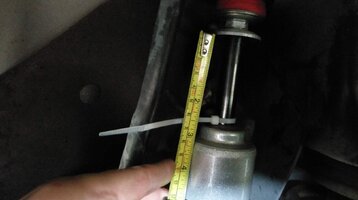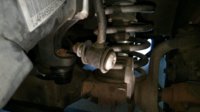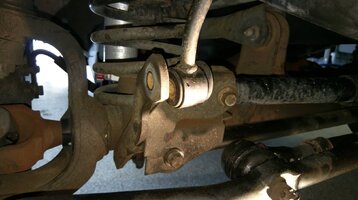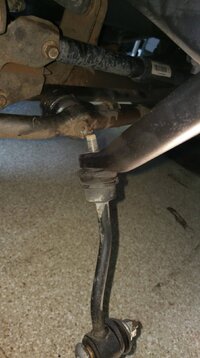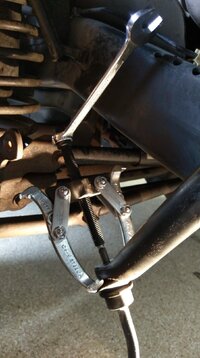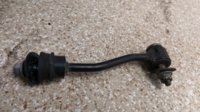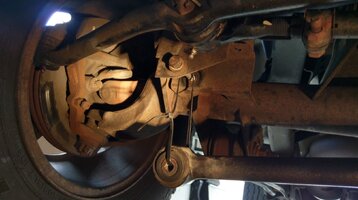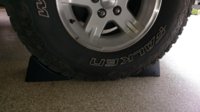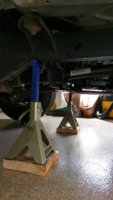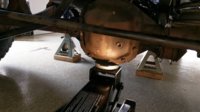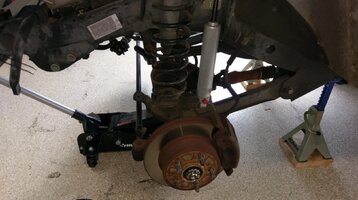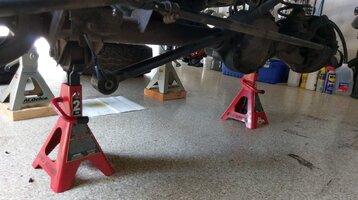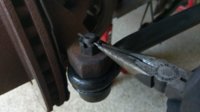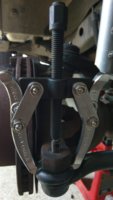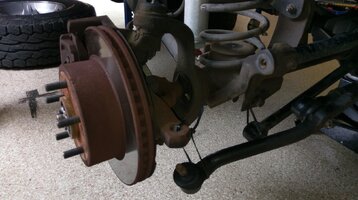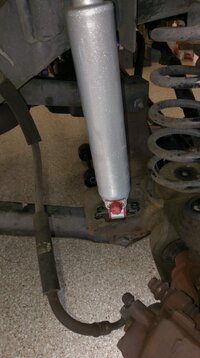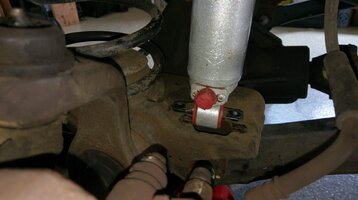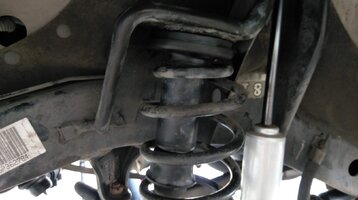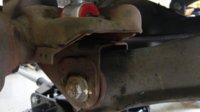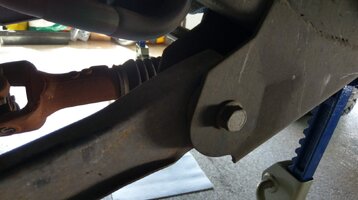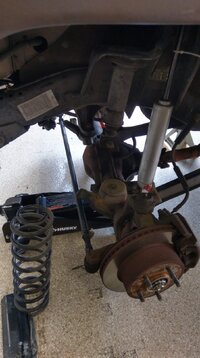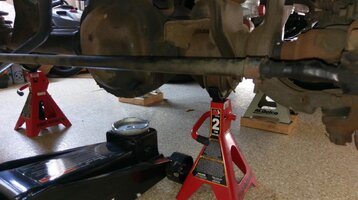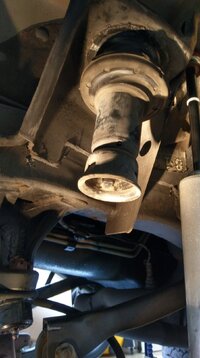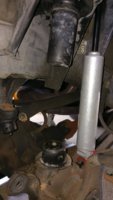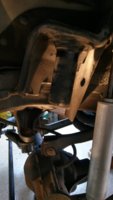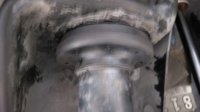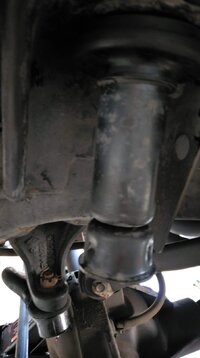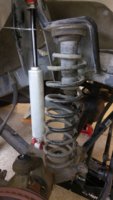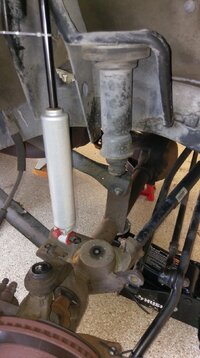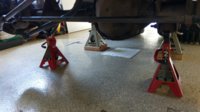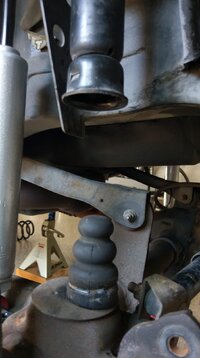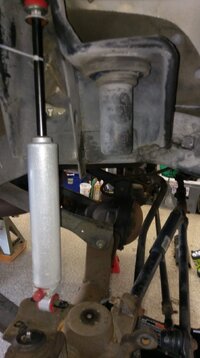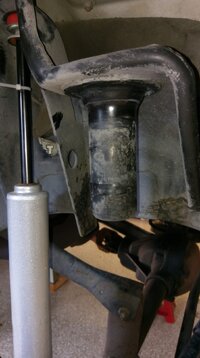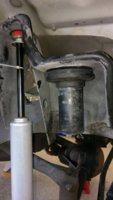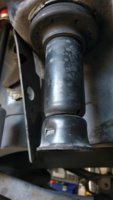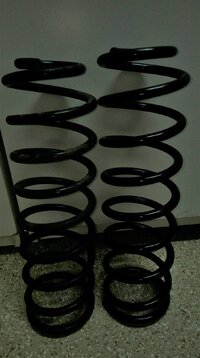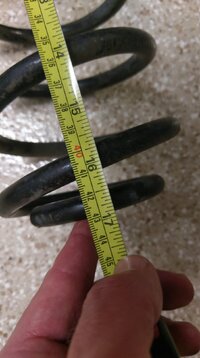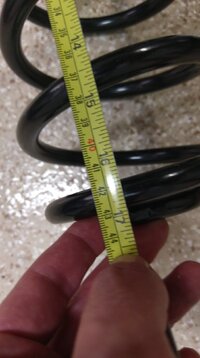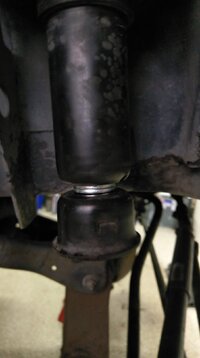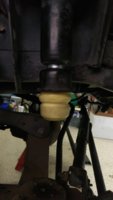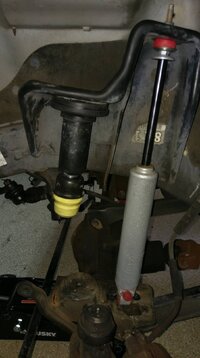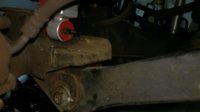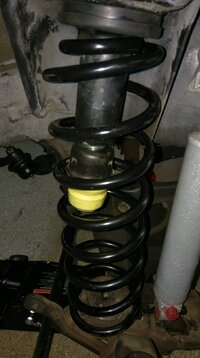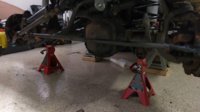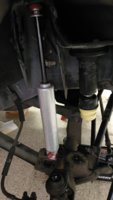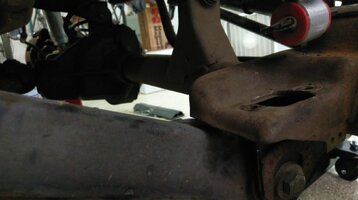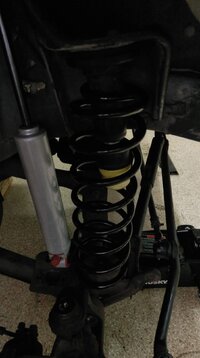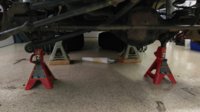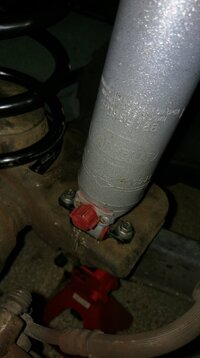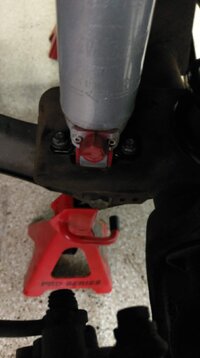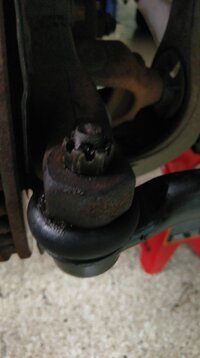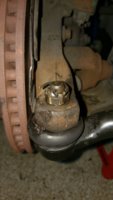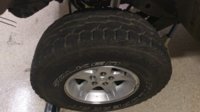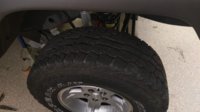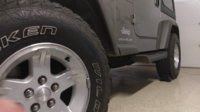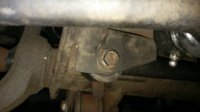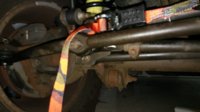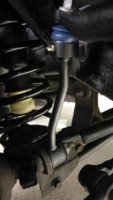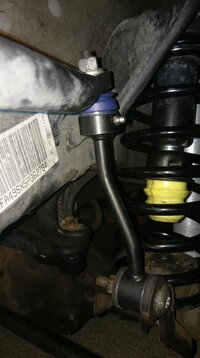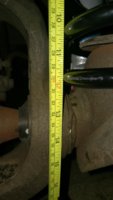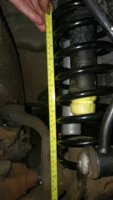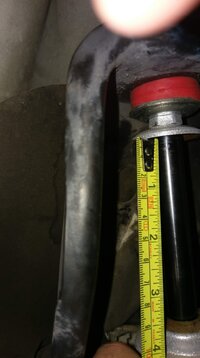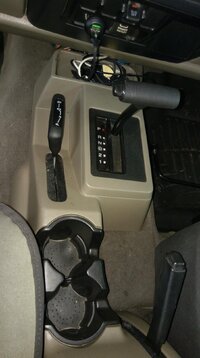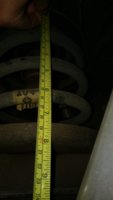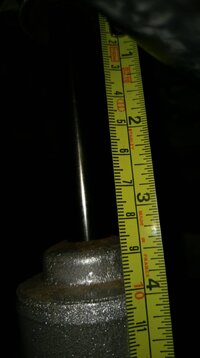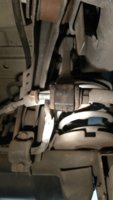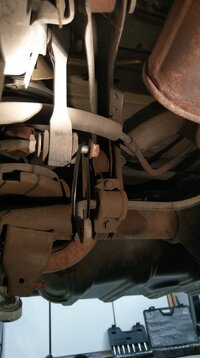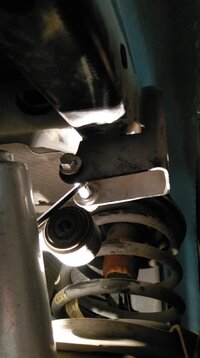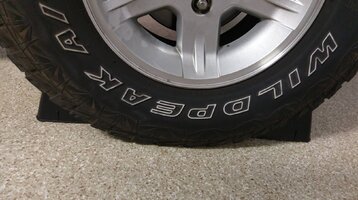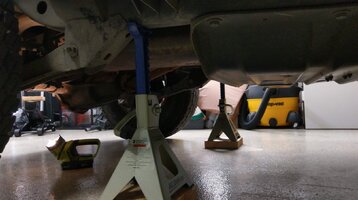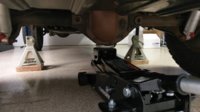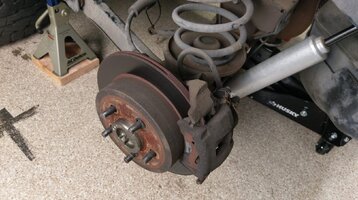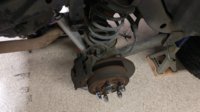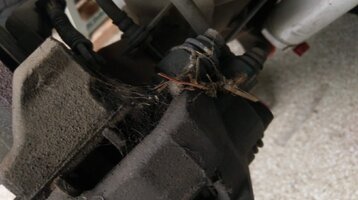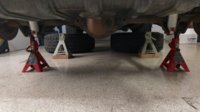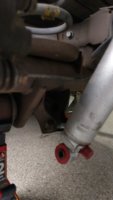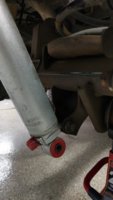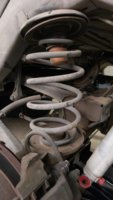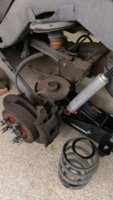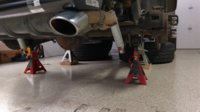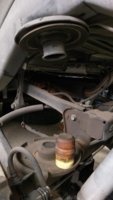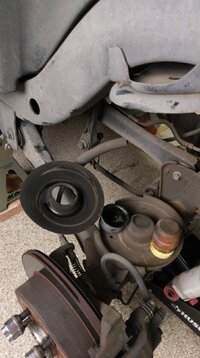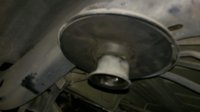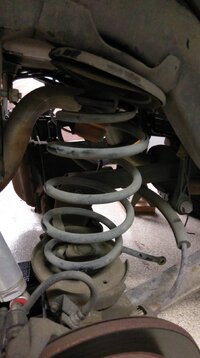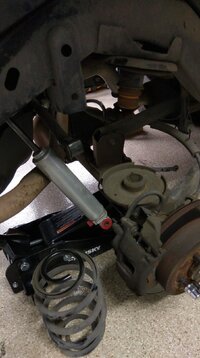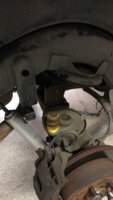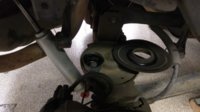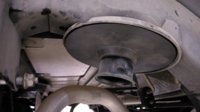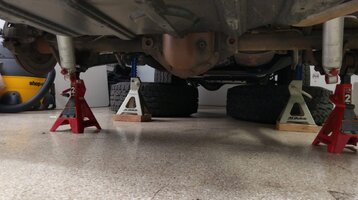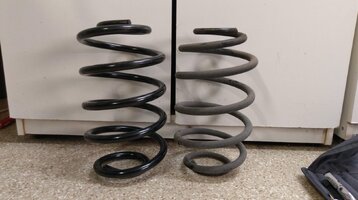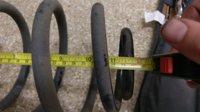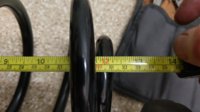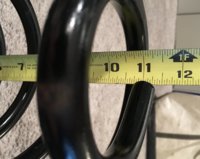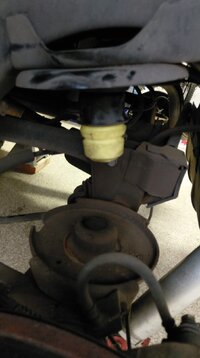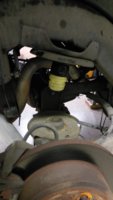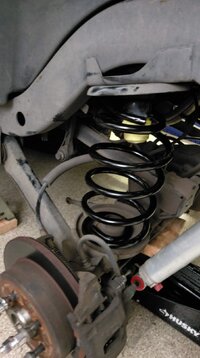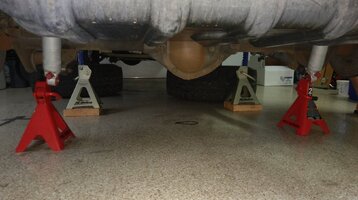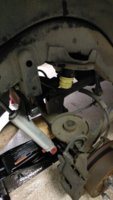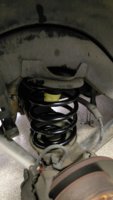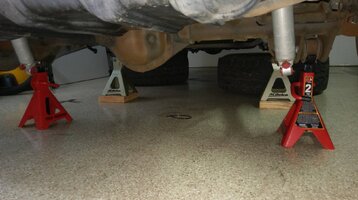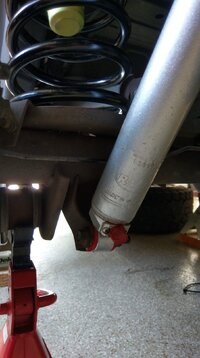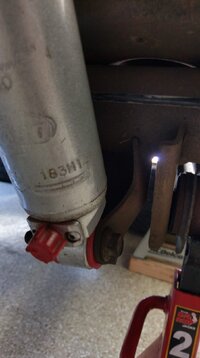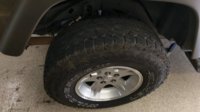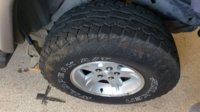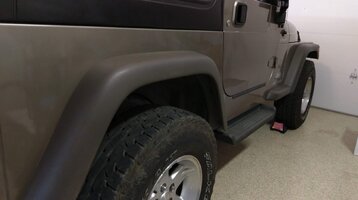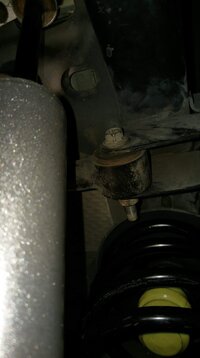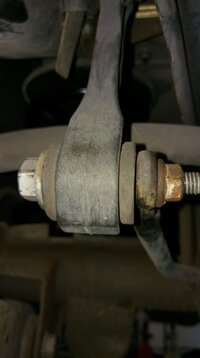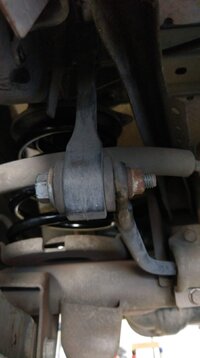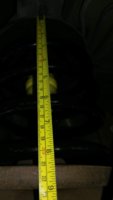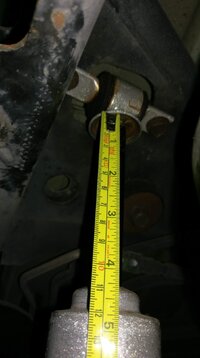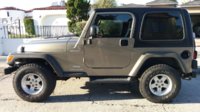When I bought my 05 Sport, it had some deferred maintenance issues that the PO had ignored. One issue is that the ride was harsh and jittery, nothing like you'd expect from the relatively new RS9000X shocks the PO had installed.
With some help from some really knowledgeable people on this forum, I figured that my stock springs were sagging after some 125K miles. I decided to go ahead and swap them for some Moog springs to restore the Jeep to stock height.
Although I've wrenched on other things before, this was my first major job on the Jeep. I took lots of pics and documented everything while figuring out the sagging springs, so I figured I would do that for the spring swap too.
I started out reading the factory service manual. Then I read a bunch of install instructions for lift kits, especially instructions from Teraflex which have great line drawings. And I watched a bunch of YouTube videos of idiots doing really stupid things to their Jeeps — great source of information about what NOT to do! But, the videos really helped me see how the suspension moves when you disassemble things before actually trying it on my Jeep.
While I had the springs out, I figured I would do the bump stop check too. I'm running 31x10.5R15 tires on stock wheels and suspension. That supposedly fits, but as I found out, I do have some clearance issues. I'll post all that in a separate thread.
There are a lot of little steps with lots of pics, so I'll have four more posts after this one: front spring removal, front spring install, rear spring removal, and rear spring install.
Also, all this info is for stock springs on a Jeep at stock height. If I were installing a lift kit, I'd probably have to do more to get the springs in place, and depending on the kit I'd probably have to install a bunch more stuff too. But hopefully this stuff is helpful anyway to cover the basics if you're doing something similar.
With some help from some really knowledgeable people on this forum, I figured that my stock springs were sagging after some 125K miles. I decided to go ahead and swap them for some Moog springs to restore the Jeep to stock height.
Although I've wrenched on other things before, this was my first major job on the Jeep. I took lots of pics and documented everything while figuring out the sagging springs, so I figured I would do that for the spring swap too.
I started out reading the factory service manual. Then I read a bunch of install instructions for lift kits, especially instructions from Teraflex which have great line drawings. And I watched a bunch of YouTube videos of idiots doing really stupid things to their Jeeps — great source of information about what NOT to do! But, the videos really helped me see how the suspension moves when you disassemble things before actually trying it on my Jeep.
While I had the springs out, I figured I would do the bump stop check too. I'm running 31x10.5R15 tires on stock wheels and suspension. That supposedly fits, but as I found out, I do have some clearance issues. I'll post all that in a separate thread.
There are a lot of little steps with lots of pics, so I'll have four more posts after this one: front spring removal, front spring install, rear spring removal, and rear spring install.
Also, all this info is for stock springs on a Jeep at stock height. If I were installing a lift kit, I'd probably have to do more to get the springs in place, and depending on the kit I'd probably have to install a bunch more stuff too. But hopefully this stuff is helpful anyway to cover the basics if you're doing something similar.


